
How Toilets Worked In Ancient Rome
Some people say ancient Rome is the pinnacle of Western civilization. While this is debatable, Ancient Rome was definitely a time of invention. The Romans had many inventions from the Julien calendar to surgical tools and roads and highways. Another invention associated with Rome is toilets and sewage systems. In Ancient Rome, sewer systems were very advanced compared to other ancient cities. In this article, you will learn what an Ancient Roman toilet looked like and how it worked.
How We Know What Roman Toilets Were Like
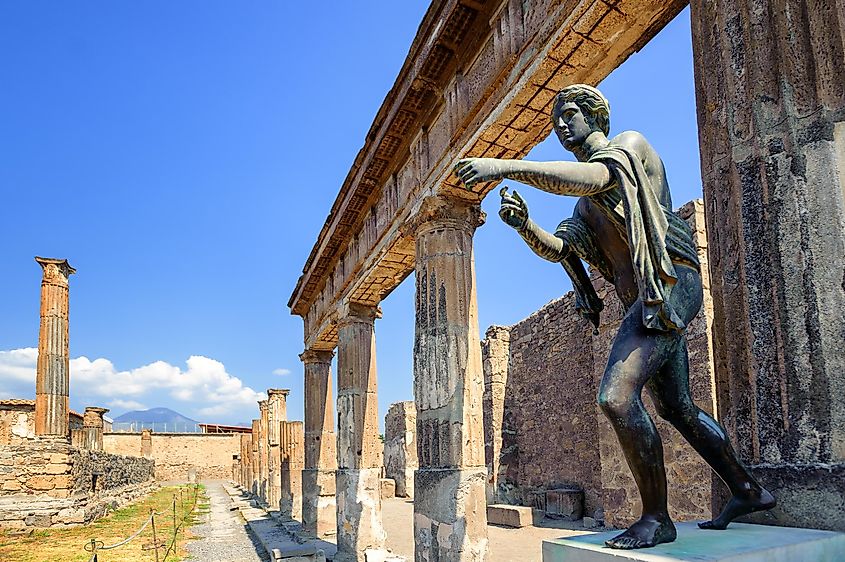
You might be wondering how we can know all of this about Roman toilets. The answer lies in the power of volcanos. When Mt. Vesuvius erupted on August 24 in 79 CE, besides reeking destruction on the surrounding towns, the eruption actually preserved settlements such as Pompeii and Herculaneum. This effectively sealed the towns as time capsules allowing us a window into ancient Roman society today. There were bathrooms as well as other buildings uncovered in Pompeii. Most of the bathrooms were beautiful communal structures with sculptures in the corners.
Greek Influence
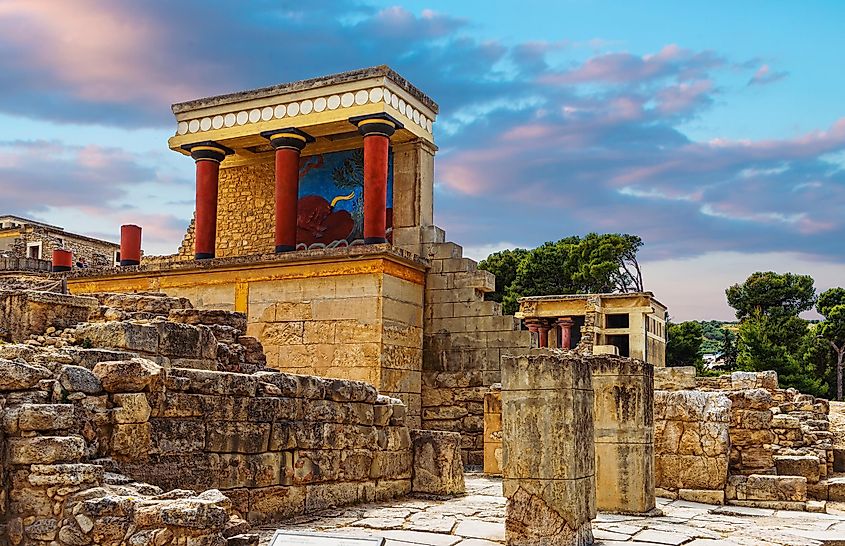
The idea for Roman toilets comes from ancient Greece. While the Greeks weren't thought of for their plumbing and toilets, they did have an early plumbing system. The Minoans from the island of Crete had an influence over the ancient Greeks. They are the first people we have a record of using underground plumbing. To make underground pipes, they used clay. They made sure pipes were in a place where the wastewater was safely disposed of. In some places, such as the upper levels of the Palace of Knossos, there were stone channels that worked as a chute for waste.
Public Latrines
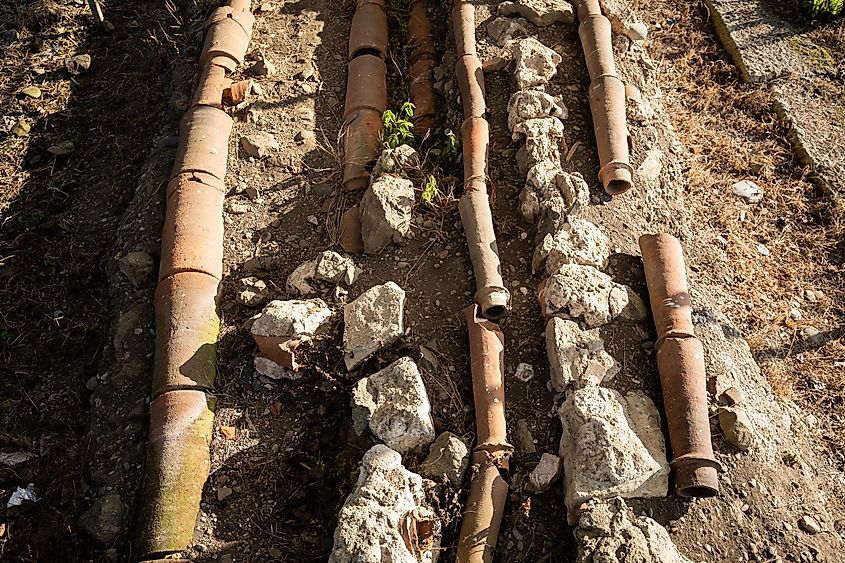
Similar to the Greeks, the Romans had an underground plumbing system. They placed toilets over a running stream of water to carry the sewage away. Roman toilets were mostly communal and called public latrines. These communal bathrooms were long wooden benches with key-like holes in the middle cut in rows. People would sit on the toilet bench and do their business down the hole. Unlike public washrooms in the West today, these bathrooms had virtually no privacy. In fact, they became a place to socialize. People would sit, read, or socialize hoping for a dinner invitation.
There were an estimated 144 public latrines in Rome. Most of them were beside public baths. This way, they could share water and sewerage. While the toilets did not flush, the Romans did recycle public bath water to flush the latrines. Terra cotta pipes carried waste water from the latrines to the Cloaca Maxima, the big sewer system.
Cloaca Maxima
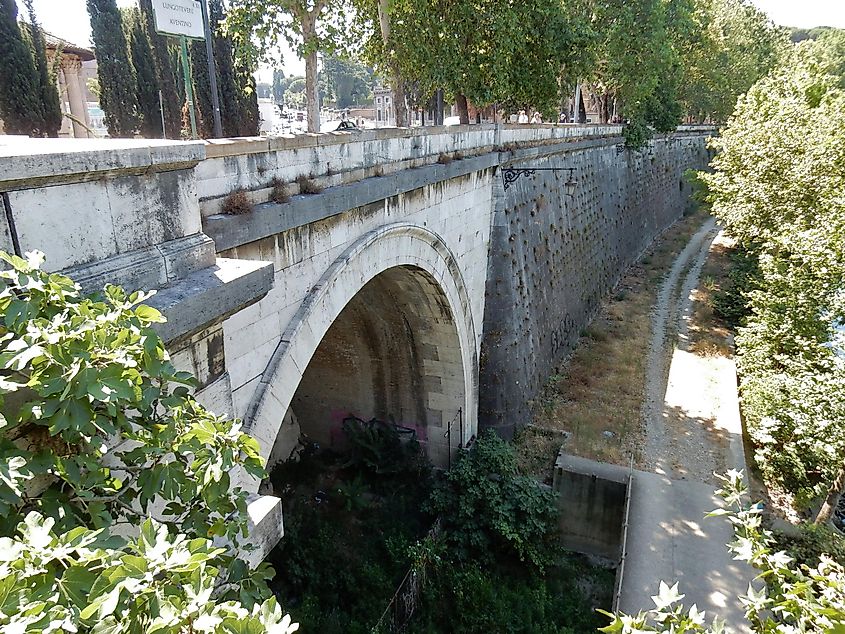
The Cloaca Maxima was the biggest sewage system in Rome. Today the ancient Roman sewer is one of the oldest monuments in the Roman Forum. However, most of the original stonework is now concrete. Originally, the Cloaca Maxima was a stream that carried off storm water. Later, the channel carried off sewer water in Imperial times. Large public baths and latrines were all connected to the Cloaca Maxima. In 3rd century BCE workers enclosed the stream with a bed of stone and a stone barrel vault.
Pont du Gard

As Rome grew, a larger plumbing system became crucial. During the first century under Augustus’s rule, there were tens of thousands of people in the community of Nemausus. To provide enough water for the community, the Romans created an aqueduct. The aqueduct had a steep gradient and was unusually high at 50 meters because it had to run above the Gardon River. This aqueduct is the Pont du Gard and was 360 meters long. The large project took around 15 years to complete and would have used a crew of at least 800 people. The hard work on the project paid off as the aqueduct brought in 40,000 cubic meters of water into Nemausus every day. When water arrived into the system, it poured into a one-meter-deep basin which served as a holding tank. From there, the water filtered out into different plumbing systems for latrines, bathhouses, and fountains.
The Tersorium
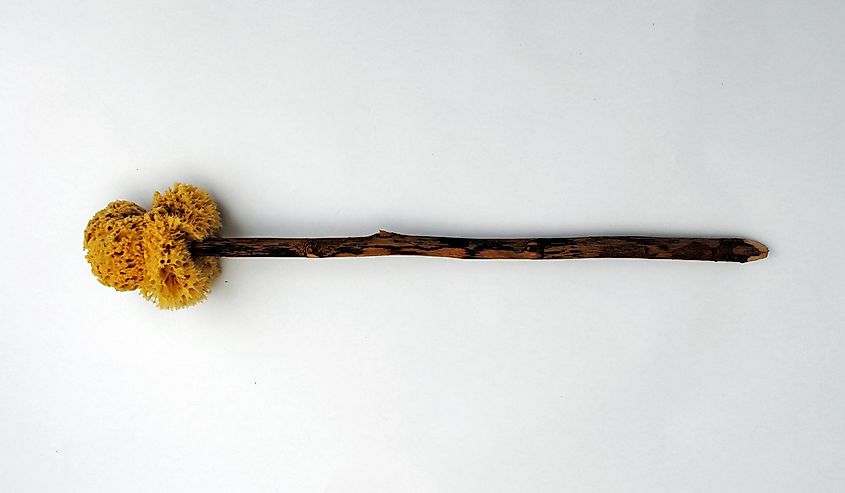
Today, an important step of using the toilet is also using toilet paper. However, in ancient Rome, they had none. Instead, they often used the Tersorium. This was essentially a toilet brush for your behind. The device was a natural sponge attached to the end of a stick. When someone needed to use it, they would grab it, wipe it, and either rinse it off or place it in a bucket of vinegar and salt water. This way, it would be ready for the next person to use.
Modern Day Toilets
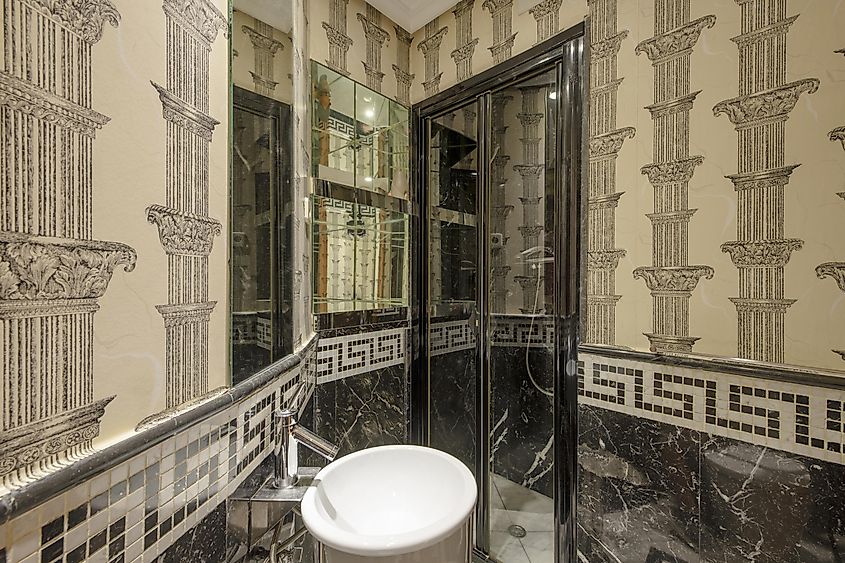
If you take a trip to Rome today, you won’t find yourself using a public latrine. However, you might notice that it can be difficult to find a public restroom. Often, people have to wait and use the restroom at a café. Roman bathrooms themselves are also different than Western ones. Typically, they are smaller and often lack actual toilet seats. This is because it is difficult to replace them if they break. Toilets also have a different flush mechanism. Instead of a handle, there is usually a button on the wall or a pull chain.
While ancient Roman toilets were an innovative technology they were quite different from the toilets that we use today. Now that you know a bit more about the history of toilets, you might be more thankful for the toilets we have. Ancient Roman toilets were innovative - but they aren't something most people would trade their 21st century toilet for.











